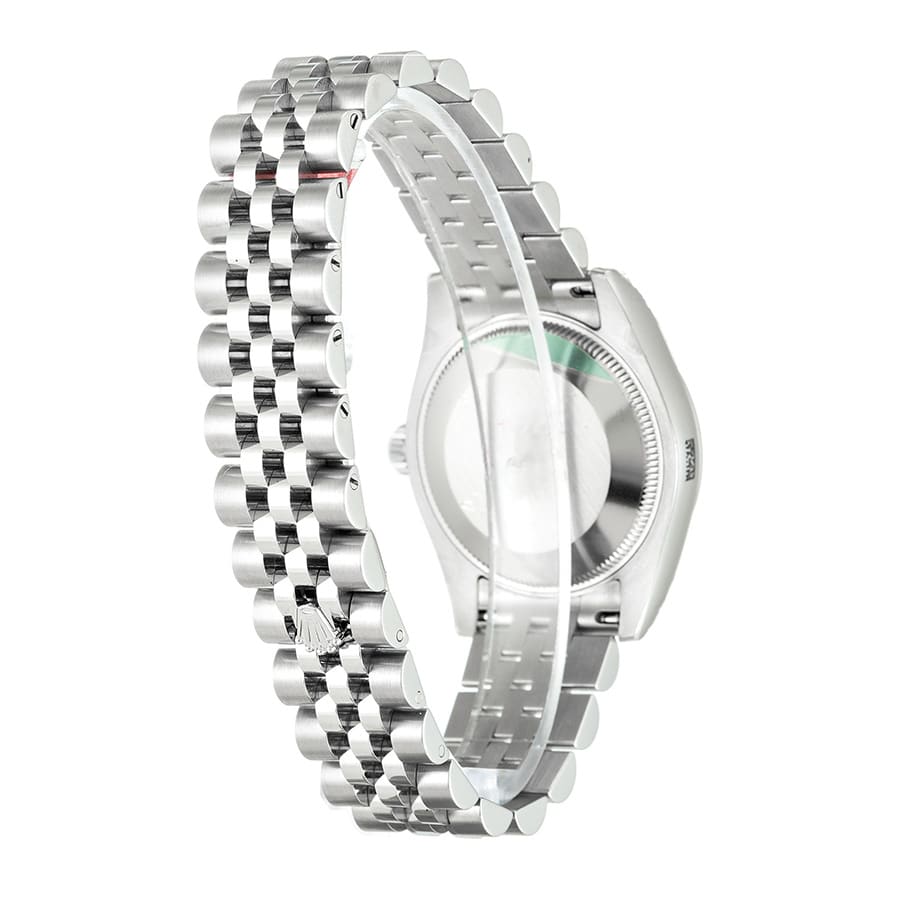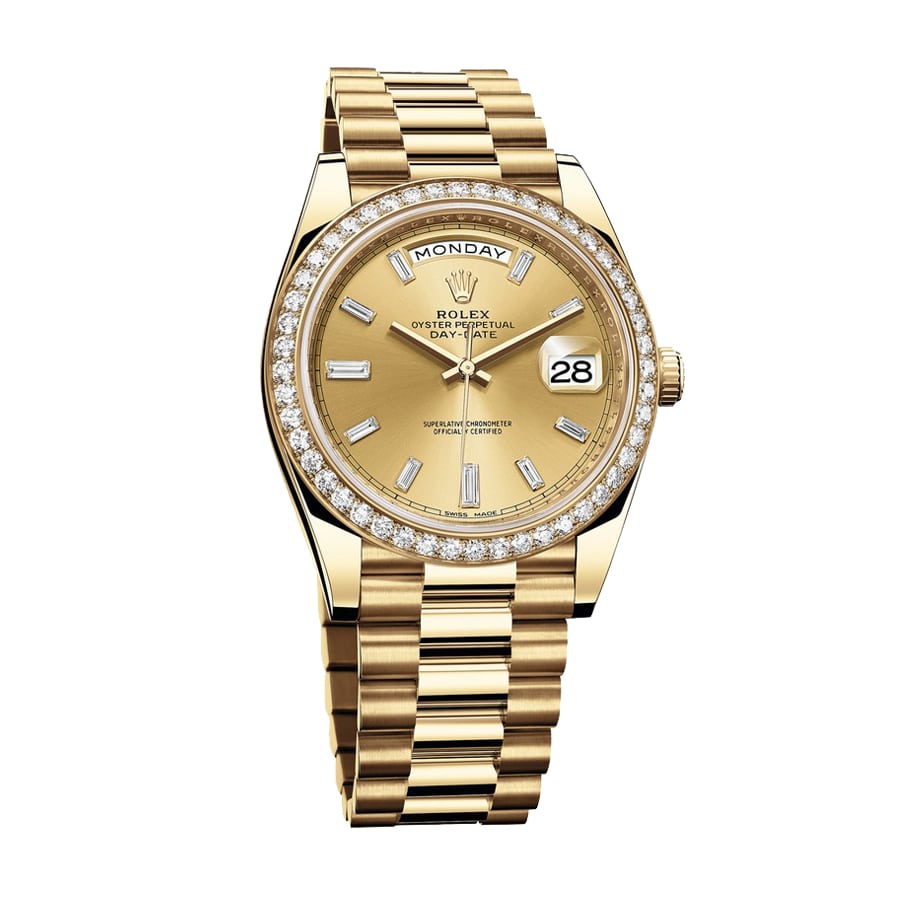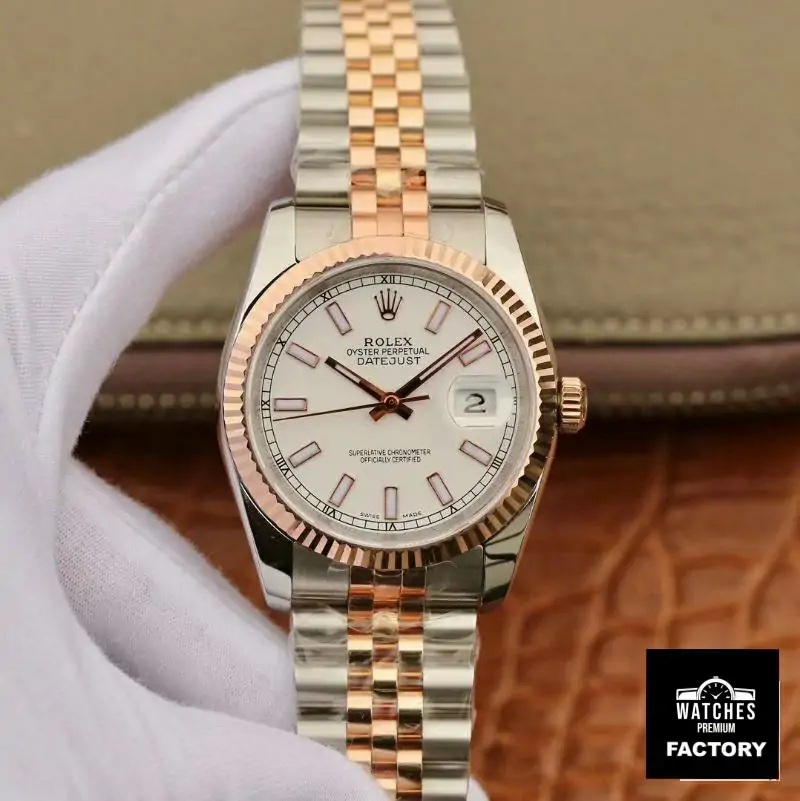
A Bold Debut at the Maxi Yacht Replica Rolex Cup
For the first time in its 43-year history, the Maxi Yacht Rolex Cup, set to begin on Monday in Porto Cervo, Sardinia, will feature up to five maxi multihulls. These sleek and powerful catamarans, each measuring at least 60 feet in length, often outpace traditional monohulls but lack the stabilizing keels that prevent capsizing.

This introduction of multihulls presents a unique challenge for the regatta, which is renowned for its demanding coastal courses. These courses wind through the Maddalena archipelago’s islands and submerged rocks, including the infamous Bomb Alley. This 15-mile stretch of water, separating the archipelago from Sardinia’s north-northeast coast, becomes particularly treacherous when the strong northwesterly mistral winds blow, promising exhilarating, if not nerve-wracking, races.
“This is really an experiment,” said Andrew McIrvine, secretary general of the International Maxi Association, which organizes the regatta in conjunction with the hosting Rolex Yacht Club Costa Smeralda. The inclusion of multihulls was initiated by a member’s request.
Unlike monohulls, catamarans rely on two hulls for stability rather than a single, narrow hull and a heavy keel. This design generally results in less heeling, making it easier to maneuver across the yacht. However, if the sails aren’t properly adjusted to match wind conditions, multihulls risk losing balance and capsizing.
“There’s an old saying about running aground that sometimes applies to capsizing big multis: ‘There are two clubs – those who have and those who will,'” said Paul Larsen, skipper of Allegra, an 84-foot catamaran. “It’s no joke.”
Despite the inherent risks, the organizers were clear in their intent to attract sophisticated, race-focused multihulls. These vessels will compete in their own class, although, depending on the weather, they may sail similar or separate coastal courses from the monohulls, potentially leading to close encounters with the slower-moving yachts.
“I see the inclusion of multihulls as a natural progression for an event that has always been characterized by cutting-edge technology,” said Michael Illbruck, commodore of the replica Rolex Yacht Club Costa Smeralda. “These boats perfectly align with the Maxi world.”
Initially, five Maxi-size catamarans entered the regatta, the maximum allowed under the event’s rules. However, a catastrophic fire and a capsizing incident reduced the number of multihulls to three, two of which will be making their racing debut on the Maxi cup’s challenging coastal courses.
“The courses around the La Maddalena archipelago offer relatively calm waters when the mistral wind prevails,” said Edoardo Recchi, the club’s secretary general and sports director. “These conditions are well-suited to the characteristics of multihulls.”
While the archipelago’s typically flat waters can lead to fast sailing, they also impose tight navigation constraints. “The proximity to land heightens the importance of decision-making, as the consequences can be far more significant than just the race result,” Larsen noted. “It’s challenging, thrilling, and spectacular.”
This environment places a premium on crew coordination, especially when the mistrals are in full force. “All teams are handling big gear with very high loads, and mistakes can be extremely costly when sailing through the archipelago,” said Kinley Fowler, an America’s Cup winner and the sailing team manager of Convexity², a Gunboat 68. “This will be even more pronounced on the multihulls, as we’ll be moving faster, requiring us to stay several steps ahead at all times.”
Larsen added, “I’d prefer a windy regatta.” Speaking of Allegra, he said, “The boat has proven itself to be strong and fast, and the crew knows her well.”

Confidence in their boat-handling skills is shared by other competitors. “We have a really strong team and aren’t afraid to push the limits,” Fowler said. Although the Maxi cup marks Convexity²’s debut regatta, Fowler mentioned that the core team has been sailing together for years. “Fingers crossed we get to light it up.”
Among the three multihulls, Lord Laidlaw’s Highland Fling 18, a new Gunboat 80, stands out for its speed. It is expected to reach over 30 knots in the right conditions. “We’re definitely pushing the boundaries of speed, loads, and systems – and my helming ability,” he said, acknowledging that helming a Maxi multihull is vastly different from a monohull. “It’s great to be learning something new at 80.”
Racing through Bomb Alley in a mistral poses a formidable challenge, one that Lord Laidlaw, who has won his class multiple times at this regatta aboard previous Highland Fling monohulls, candidly acknowledged. The teams, along with the regatta organizers, are well-prepared for any potential capsizing incidents.
“We’ll also be wearing helmets and Kevlar vests with built-in life jackets, something we’ve never done before,” Lord Laidlaw revealed. Recchi emphasized that safety boats would be stationed along the racecourse and that the event would mitigate risks by monitoring weather forecasts and selecting courses that best match the conditions. “In the event of a major issue, the Coast Guard is on standby with their boats, and a towing vessel will also be on standby in Porto Cervo,” he said.
The submerged rocks in the area add another layer of complexity. “It’s very easy to run aground around the northeast of Sardinia,” Lord Laidlaw said. “Many who have cut corners have regretted it.” He admitted to hitting these rocks twice himself.
With the ability to retract their daggerboards, multihulls become shallow-draft vessels, offering tactical advantages on courses that navigate past islands and submerged rocks. “The fact that we can raise the boards – where keelboats can’t – might allow us to cut a few corners where there are outlying shallows,” Larsen explained. “But it’s a high-stakes game.”
Raising the daggerboards on Highland Fling 18 takes just seven seconds, but as Lord Laidlaw pointed out, “You might end up going sideways, possibly further into the rocks.”
While safety remains a priority, all teams are keen on securing a win. “Let’s see how tight the racing gets,” Fowler said, referring to the proximity to the rocks. “We may have to push the limits to gain an edge over the competition.”